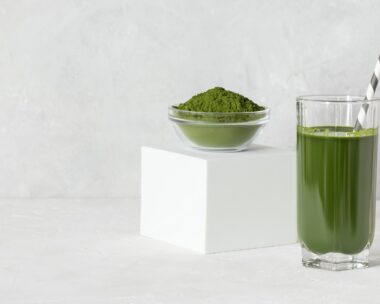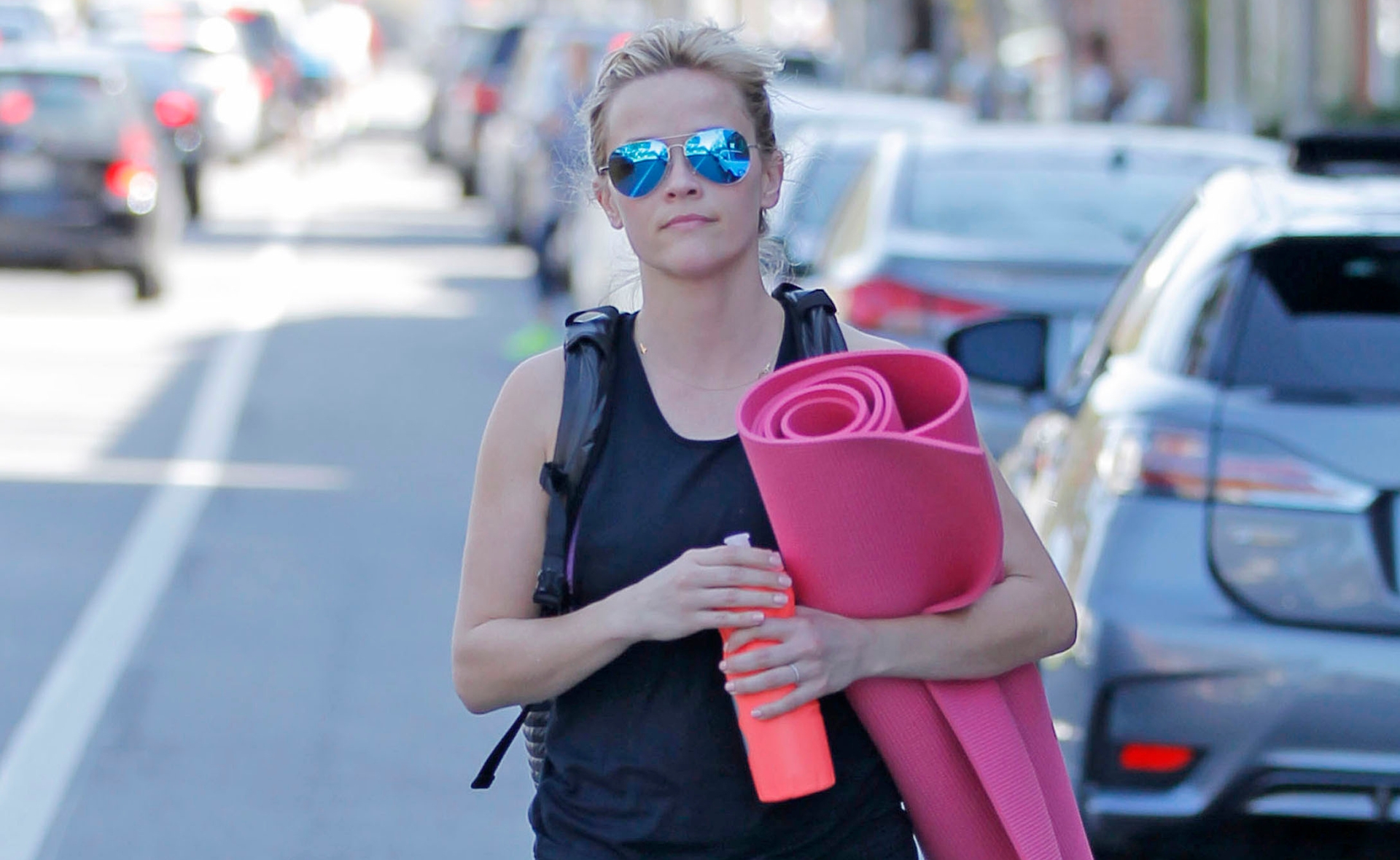When we think of food and its effect on health, we generally consider its nutritional value. However, the first point of call should be food safety. Australia produces some of the safest food in the world, yet it’s estimated 1.5 million Australians suffer a bout of food poisoning each year.
What is food poisoning?
Food poisoning results from eating food which is contaminated by bacteria or toxins from bacteria, natural toxins in foods, or excessive levels of pesticides or additives.
The most common bacteria that causes problems is Salmonella, found in meat, poultry, eggs and their by-products. They live and grow in human and animal intestines and are easily transmitted by excreta, flies and pets.
The body usually reacts quickly within 6-12 hours after eating the contaminated food. The most common symptoms of food poisoning are vomiting, diarrhoea, stomach cramps and fever, and in extreme cases, even death.
Food safety tips
This might all seem somewhat scary, but most cases can be prevented by safe food handling practices.
The key issue for food safety is to keep hot food hot and cold food cold. Bacteria multiply rapidly in temperatures between 5-60ºC (i.e. cool to under boiling temperature). For example, one bacterium can multiply to greater than two million in seven hours at these temperatures.
For most of us, safe food handling begins in the supermarket and continues in the home.
Shopping
Check the use-by or best-before date.
Choose hot foods (such as rotisserie chickens) and refrigerated and frozen foods last so that they don’t sit in your trolley for too long.
Do not leave groceries sitting in your car and keep a car fridge or cool pack in your car for frozen and refrigerated foods.
At home
Keep your fridge at 4°C or less and your freezer at approximately -18°C.
If you do not intend to eat meat or poultry within a couple of days, freeze it.
Thaw meat, poultry and fish in the fridge, not on the kitchen sink.
Cook thawed meats immediately, especially if thawed in the microwave. Do not re-freeze unless cooked first.
Anything that comes into contact with raw food should be washed before being used for cooked food, including hands, chopping boards and knives.
Refrigerate leftovers or cooked food within an hour (let them cool in the fridge, not on the bench and cover with plastic wrap).
When reheating foods, heat to very hot temperatures to kill any bacteria and stir regularly to ensure the food is very hot throughout.
Do not reheat anything twice and use leftovers within a day.
And don’t forget to wash your hands!




